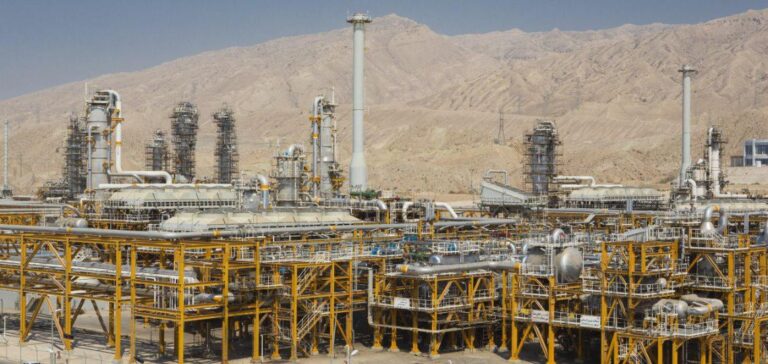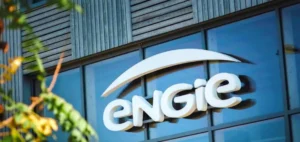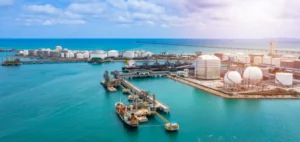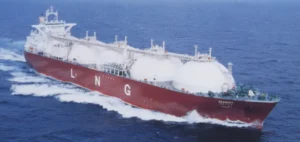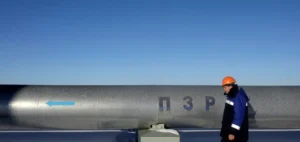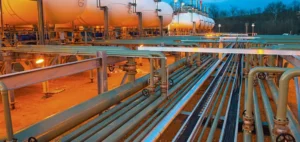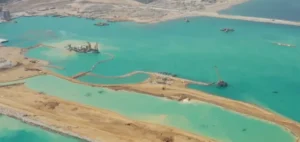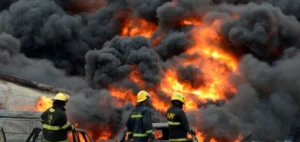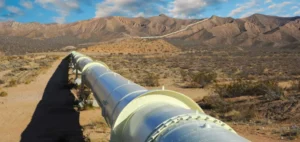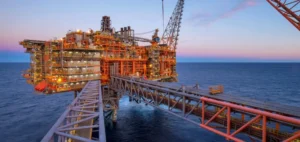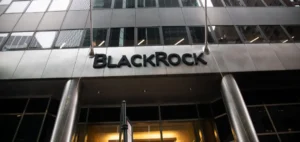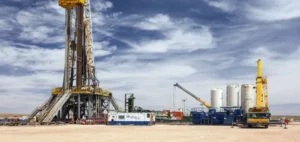Iran reaches a major milestone with the start-up of gas production from phase 11 of the South Pars field. This significant step forward strengthens Iran’s position in the regional gas market. Collaboration with Armenia on gas-electricity exchanges is another example of expanding economic cooperation.
Iran Starts Gas Production at Phase 11 of the South Pars Gas Field
Iran has begun producing gas in phase 11 of the South Pars field, in collaboration with Qatar. This information was announced by the information service of the Ministry of Oil.
Deputy Oil Minister Mohsen Khojastehmehr said, “Gas from this phase has been delivered to onshore facilities via the marine pipeline,” Shana quoted Deputy Oil Minister Mohsen Khojastehmehr as saying. “Four Phase 11 wells are currently in production”.
Currently, four Phase 11 wells are in production, but current production levels were not specified. Iranian officials had previously announced the start-up of this phase at around 10 million cubic meters per day (cu m/d). This would occur in the early stages of production. The official inauguration of the start of production will take place shortly, added Khojastehmehr. Phase 11 will eventually produce 56 million cu m/d from 24 wells once its development is complete.
Investment in Pressure Enhancement and Extension of an Iran-Armenia Agreement
Khojastehmehr allocates 20 billion to boost pressure at South Pars field due to low pressure. Iran-Armenia gas-electricity agreement extended to 2030, gas volumes increase.
“A $20 billion credit line has been allocated to build up pressure in the South Pars gas field,” said Khojastehmehr, who is also managing director of the National Iranian Oil Co.
The Iran-Armenia pipeline has a capacity of 1 billion cubic metres per year, but only a third of it is used.
Production Targets and Swap Projects
Iran is looking to increase its gas production capacity by 500 million cu m/d by 2029. In the last Iranian year (March 2022-March 2023), Iran’s gas consumption amounted to around 630 million cu m/d. Iran exports gas to Turkey and Iraq, and has exchange agreements with Turkmenistan and Armenia. National Iranian Gas Co. director Majid Chegeni reported that the country’s gas exports had increased by over 16% in the last Iranian year. Talks are underway to extend contracts with Turkey and Iraq, as well as for a gas import contract from Turkmenistan:
“We have also held discussions with Turkmenistan to sign a contract to import gas from that country. Iran’s debt to Turkmenistan has been fully settled. The discussions concern both short- and long-term imports,” Chegeni was quoted as saying by Shana.
“A trial import of 10 million cubic meters of gas from Turkmenistan has been successfully conducted. In the next stage, and simultaneously with the commissioning of Turkmenistan’s gas field development projects, we intend to increase the volume of imports,” added Chegeni. “The gas exchange with Turkmenistan has reached 8 million cubic meters per day,” he said.


